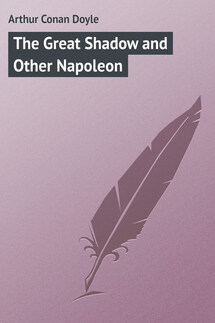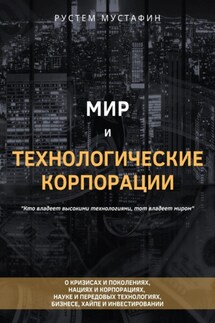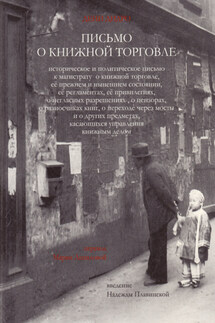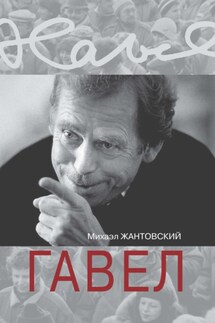The Great Boer War - страница 72
But the task was as severe a one as the most fighting General could ask for. On the southern side the banks formed a long slope which could be shaved as with a razor by the rifle fire of the enemy. How to advance across that broad open zone was indeed a problem. It was one of many occasions in this war in which one wondered why, if a bullet-proof shield capable of sheltering a lying man could be constructed, a trial should not be given to it. Alternate rushes of companies with a safe rest after each rush would save the troops from the continued tension of that deadly never ending fire. However, it is idle to discuss what might have been done to mitigate their trials. The open ground had to be passed, and then they came to – not the enemy, but a broad and deep river, with a single bridge, probably undermined, and a single ford, which was found not to exist in practice. Beyond the river was tier after tier of hills, crowned with stone walls and seamed with trenches, defended by thousands of the best marksmen in the world, supported by an admirable artillery. If, in spite of the advance over the open and in spite of the passage of the river, a ridge could still be carried, it was only to be commanded by the next; and so, one behind the other, like the billows of the ocean, a series of hills and hollows rolled northwards to Ladysmith. All attacks must be in the open. All defence was from under cover. Add to this, that the young and energetic Louis Botha was in command of the Boers. It was a desperate task, and yet honour forbade that the garrison should be left to its fate. The venture must be made.
The most obvious criticism upon the operation is that if the attack must be made it should not be made under the enemy's conditions. We seem almost to have gone out of our way to make every obstacle – the glacislike approach, the river, the trenches – as difficult as possible. Future operations were to prove that it was not so difficult to deceive Boer vigilance and by rapid movements to cross the Tugela. A military authority has stated, I know not with what truth, that there is no instance in history of a determined army being stopped by the line of a river, and from Wellington at the Douro to the Russians on the Danube many examples of the ease with which they may be passed will occur to the reader. But Buller had some exceptional difficulties with which to contend. He was weak in mounted troops, and was opposed to an enemy of exceptional mobility who might attack his flank and rear if he exposed them. He had not that great preponderance of numbers which came to him later, and which enabled him to attempt a wide turning movement. One advantage he had, the possession of a more powerful artillery, but his heaviest guns were naturally his least mobile, and the more direct his advance the more effective would his guns be. For these or other reasons he determined upon a frontal attack on the formidable Boer position, and he moved out of Chieveley Camp for that purpose at daybreak on Friday, December 15th.
The force which General Buller led into action was the finest which any British general had handled since the battle of the Alma. Of infantry he had four strong brigades: the 2nd (Hildyard's) consisting of the 2nd Devons, the 2nd Queen's or West Surrey, the 2nd West Yorkshire, and the 2nd East Surrey; the 4th Brigade (Lyttelton's) comprising the 2nd Cameronians, the 3rd Rifles, the 1st Durhams, and the 1st Rifle Brigade; the 5th Brigade (Hart's) with the 1st Inniskilling Fusiliers, the 1st Connaught Rangers, 2nd Dublin Fusiliers, and the Border Regiment, this last taking the place of the 2nd Irish Rifles, who were with Gatacre. There remained the 6th Brigade (Barton's), which included the 2nd Royal Fusiliers, the 2nd Scots Fusiliers, the 1st Welsh Fusiliers, and the 2nd Irish Fusiliers – in all about 16,000 infantry. The mounted men, who were commanded by Lord Dundonald, included the 13th Hussars, the 1st Royals, Bethune's Mounted Infantry, Thorneycroft's Mounted Infantry, three squadrons of South African Horse, with a composite regiment formed from the mounted infantry of the Rifles and of the Dublin Fusiliers with squadrons of the Natal Carabineers and the Imperial Light Horse. These irregular troops of horse might be criticised by martinets and pedants, but they contained some of the finest fighting material in the army, some urged on by personal hatred of the Boers and some by mere lust of adventure. As an example of the latter one squadron of the South African Horse was composed almost entirely of Texan muleteers, who, having come over with their animals, had been drawn by their own gallant spirit into the fighting line of their kinsmen.









